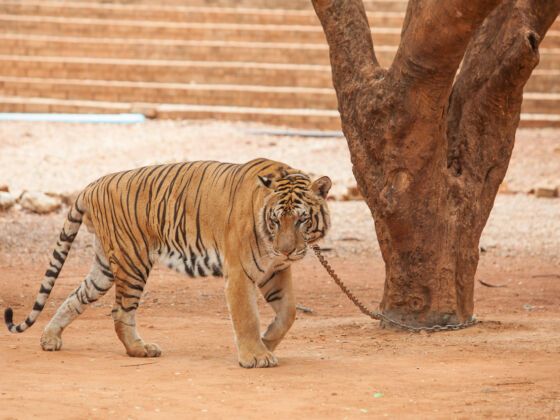Most people do not know that hands-on wildlife experiences are doing animals a major disservice, and so aren’t malicious in their intent when paying to be near wild beasts; they just jump at these rare chances to connect with nature.
Here’s the thing: the most humane wildlife experiences you can have will always be the ones in which animals are free to perform their natural behaviors in the wild. That doesn’t mean connecting with wild creatures isn’t possible, it just means that it needs to be done in an educated manner, which is why we’ve listed 8 of the most notable and egregious violations of wildlife tourism, and their ethical alternatives.
